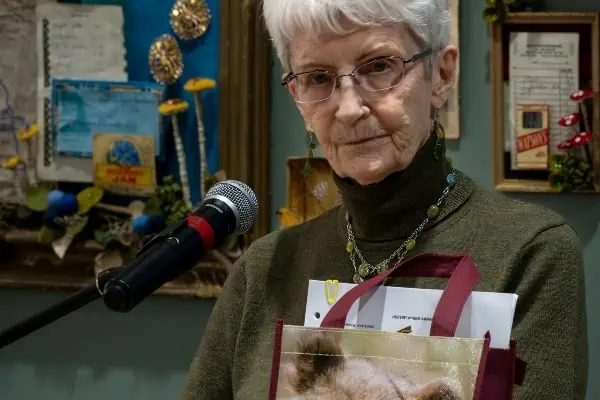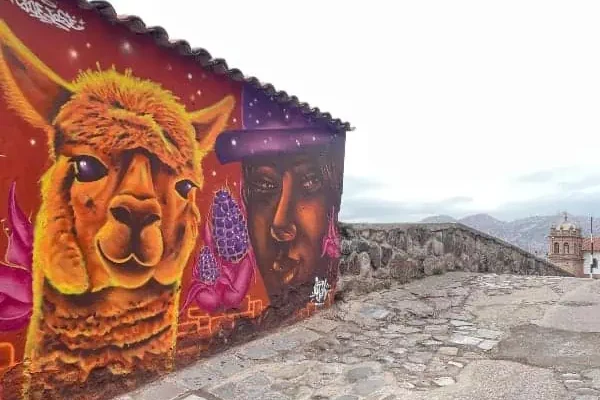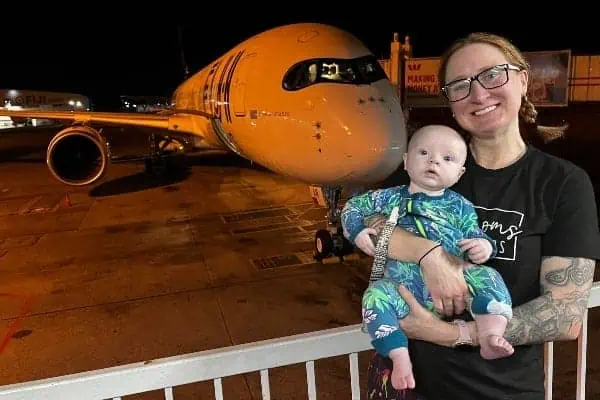
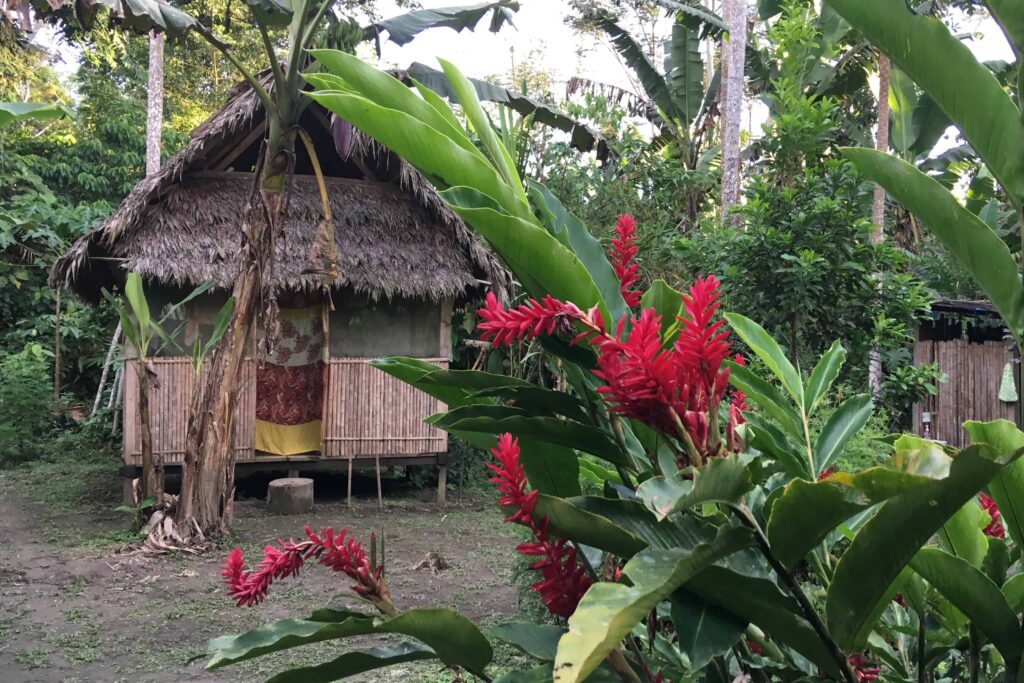
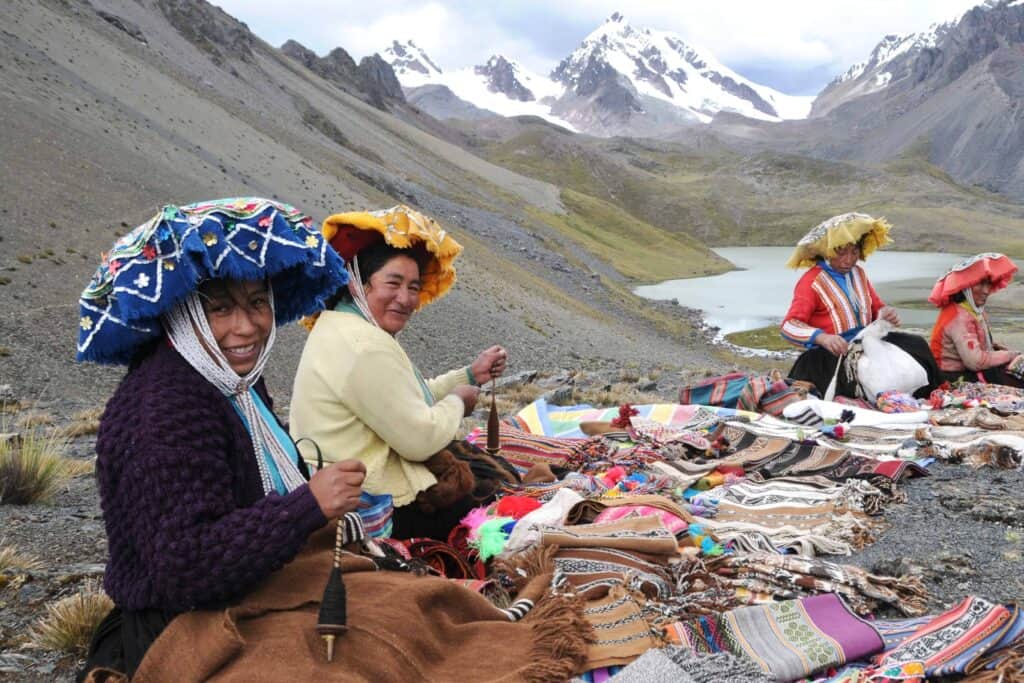
The COVID-19 pandemic stopped travel, from one day to the next, in a way that was impossible to imagine before. Here in the Yukon, the summer of 2020 was quiet with no RVs on the highway, no flights coming in from Germany and only locals enjoying the campgrounds and hiking trails. In some ways, it was great; and in other ways, especially for those who work in tourism, it was very hard. Some observed incredible changes in places around the world that are usually flooded with tourists: nature was able to recover a little bit, air pollution declined for a few months, and communities that usually worked in tourism began to refocus their energy on reconnecting with disappearing agricultural traditions, in order to provide food for their families.
The forced pause in “business as usual” gave many people a chance to rethink how they were living their lives. Now that most travel restrictions have been lifted around the world and people are back to travelling the globe, maybe we can see this as an opportunity to reconsider the way we travel and what we’re looking for when we do.
In the last few decades, travel has become increasingly accessible and increasingly popular. One might argue that mass tourism has become the new “fast food” fuelled by consumerism—apparently inexpensive but disconnected from the reality of its environmental impact and the consequences on local economies and communities. Instagram has made places famous that were once known only by locals and has caused people to flock to remote and fragile destinations, just to take one specific snapshot for their social media accounts, without knowing anything about the actual place or its inhabitants. Many hotels, restaurants, transportation companies, travel agencies and businesses are run under foreign ownership, causing tourism to actually perpetuate local poverty in some areas. For example, in Kenya, only 14 per cent of each dollar spent by tourists will stay in the country.
A recent documentary called The Last Tourist goes into this topic extensively, as well as other related problems such as “voluntourism,” animal cruelty related to animal tourism, and the environmental impacts of overtourism. All that glitters is not gold and, while pretty pictures might try to tempt us to ignore the darker sides of this huge worldwide industry, we each have a responsibility to educate ourselves, to make informed decisions and to spend our money according to our values. It might sound hard but like all change it can start in small steps.
If you’re not limited by the dates of school holidays, try to travel in the off-season or the shoulder seasons. This not only helps distribute the number of visitors a bit more evenly throughout the year, cutting down on the effects of overtourism, but can also lead to a more enjoyable (and sometimes less expensive) trip because you won’t have to share the sites with as many other people as you would in the high season. Before leaving on your vacation, try to learn a bit about the place you’re going to, some of the current issues affecting it, and maybe learn a few words in the local language if you’re going to a place where English isn’t spoken. Pack your own reusable water bottle to refill, where you can, and stuff a reusable shopping bag in the side pocket of your backpack. It won’t take up much space and you’ll be able to politely decline the next plastic bag offered to you on your journey. Once you get to your destination, consider taking public transportation (if available). Instead of jumping into a taxi, take the bus or the tram or the train. It’s a great way to get a feel for a place: it forces you to get better acquainted with the local geography, and it’s a fun way to get a taste of local life. Renting a bike or walking more are also great alternatives.
If your finances allow, try to travel in small groups or solo. Mass tourism can often be the cheaper choice, but it usually doesn’t have a very positive effect on local economies or the environment. If you can, try to eat locally, shop locally and stay locally. Try to stay away from big-chain restaurants and hotels. If you’ve heard the name before, maybe look for a different option. Buy at local markets instead of supermarkets. The language barrier can be intimidating, sometimes, and it’s possible that in certain countries your appearance will cause vendors to inflate the prices of things, but give it a try, ask around and maybe you’ll be pleasantly surprised and even go home with a fun story to tell. Try to buy handmade items if you can (if it’s the same identical thing that you’ve seen in a hundred different shops, it was probably not made locally).
Try to take local tours with small, independently owned travel agencies that work ethically and sustainably. You’ll have a much more interesting and unique trip. Support Indigenous-owned and -run businesses instead of booking a tour with a big company that may be exploiting local Indigenous communities and profiting from the commodification of their culture. Usually, when it comes to travel, the flashiest and cheapest option is probably not the most sustainable one.
A recent alternative to mass tourism, which is becoming increasingly popular, is a trend called “slow tourism.” Much like the slow-food movement, it is characterized by a “less is more” approach. Slow travel or slow tourism places an emphasis on moving around less, not needing constant stimulation, experiencing the rhythm of local life and settling into a place for a longer period of time. We rush around enough in our regular lives, so do we really want to do that on our vacations too? Slow tourism tends to be more sustainable and more “experience based,” promoting more concern about the local environment and more interest in the culture, history and people of a local area. Staying in an Airbnb or booking a homestay is a great way to base yourself in a place that is less touristy and that can help you immerse yourself in the local culture. More and more people are searching for more-authentic experiences, wanting to be transformed and nourished by their travels. Many travellers no longer want to be unconscious consumers but rather are looking to learn and grow, and that can best be achieved by connecting with the reality of a place instead of darting from one tourist attraction to the next in a comfortable air-conditioned bubble.
More than anything, conscious travel is about being open, being receptive, being respectful and being sincere. Try not to judge or feel superior when you travel. It’s hard to understand the full picture of a place or to grasp the reasons why things are the way they are in a different country. Try not to impose your preconceived notions. Be willing to learn and to change your mindset, stay flexible and always stay curious.

